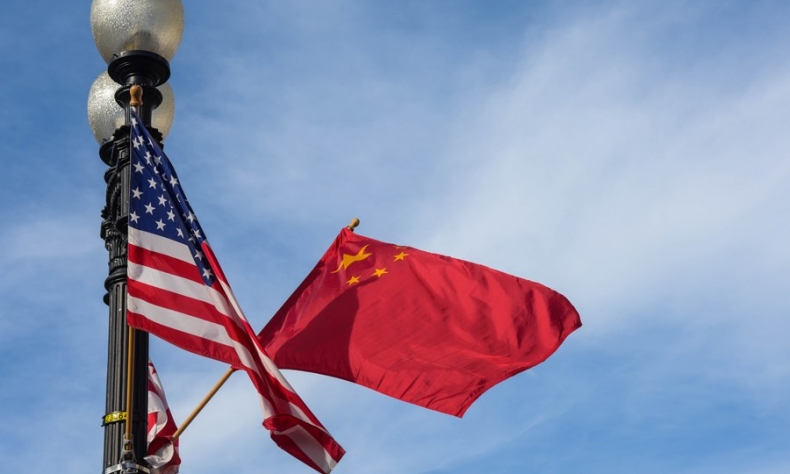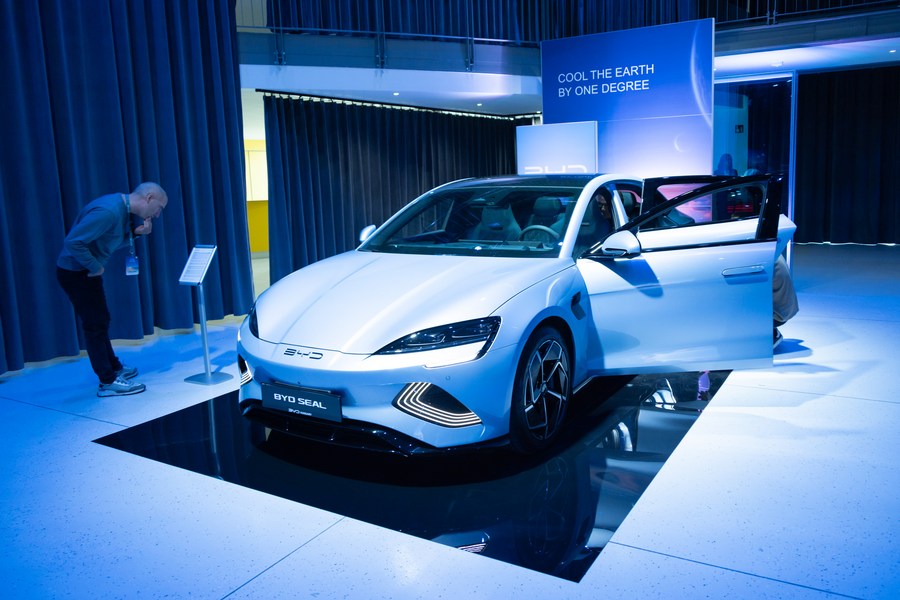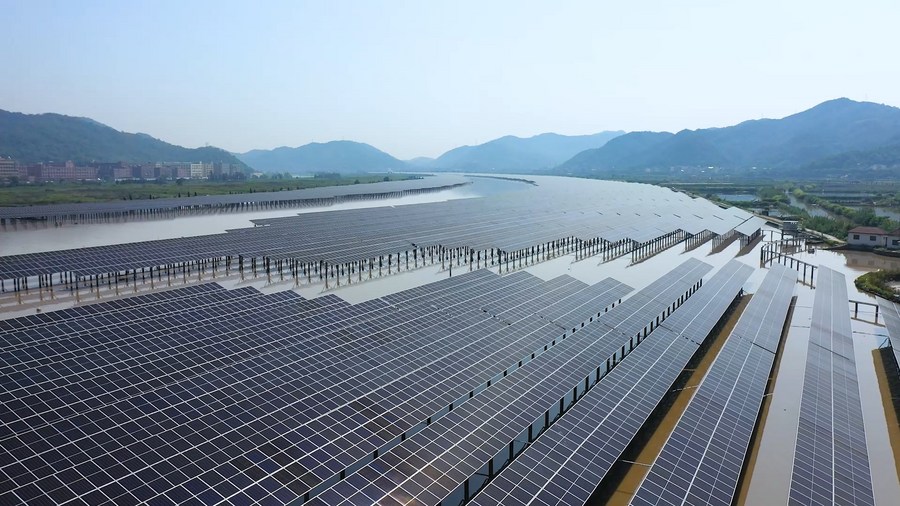Finding the Right Path to Rebuild China-U.S. Bilateral Ties

Bilateral relations between both countries appear grim, but there’s still some light at the end of the tunnel.
The first day of 2024 marks the 45th anniversary of China and the United States establishing formal diplomatic relations. Their bilateral ties have endured peace and prosperity together, along with much turbulence amid ongoing disputes.
When a year comes to an end, we are all filled with renewed aspirations that perhaps a better year stands right on the horizon. Yet, we should not chase after false hopes.
Accordingly, Sino-American relations will unlikely witness a reversal of fortunes with the two countries suddenly becoming friendly without having any more serious disputes.
That’s impossible, but we could see Beijing and Washington find ways to co-exist in a more peaceful manner, which could reduce the toxic atmosphere of its present-day relations.
The two sides should inject more momentum into improving bilateral ties, since pointing fingers and playing the blame game won’t resolve matters. When major rivals assume a confrontational stance, there’s a tendency for both sides to conclude, “My country is always right, while my opponent is always wrong.”
Consequently, this belligerent attitude only widens the rift, as they believe that such actions would demonstrate strength, while the willingness to accept compromise in diplomatic affairs would be perceived as weakness.
Under such circumstances, China and the U.S. should mitigate geopolitical risks by exploring avenues to reach consensus on issues of common concern. For instance, U.S. President Joe Biden pledged to “transition away from fossil fuels” when he was on the campaign trail in 2020.
Meanwhile, China is the world’s leading supplier of renewables, which include solar, wind, hydro and nuclear power. Chinese NEV (new energy vehicles) manufacturers are global leaders as well. The Chinese economy is shifting gears by driving fast forward on the green economy engine.

Seeking ecological harmony in partnership
Chinese President Xi Jinping and his U.S. counterpart Joe Biden both have a passion for supporting a cleaner and greener world. The two leaders met in San Francisco last November and they held talks for over four hours in Woodside, California in mid-November. They addressed climate change as a priority topic.
And before the COP28 leaders’ summit held in Dubai, Beijing and Washington jointly issued the “Sunnyland Climate Agreement” to express optimism for a successful outcome of COP28. Additionally, Xie Zhenhua, China’s special envoy for climate change affairs and U.S. Special Presidential Envoy for Climate John Kerry have formed a deep and productive friendship.
Xie and Kerry are setting the right model for how China and the U.S. can draw closer together despite the unfavorable geopolitical conditions. Meanwhile, the Biden administration has signed new laws calling for bans on the purchase of gas-fueled vehicles by 2030 in the United States.
However, U.S. automakers are woefully behind schedule in regards to mass producing EVs (electric vehicles) in order to meet its mandated sales targets in the next few years to come.
China’s NEV manufacturers can fill in the gaps by exporting more of its vehicles to the U.S. market, while proposing to invest into and opening up more Chinese-owned NEV factories, assembly lines and strengthening their supply chains in the country.
Hence, Chinese companies can boost sales revenues in the global market, while creating more American jobs with its green economy transition. That’s mutually beneficial for the Chinese and Americans.
On a side note, Chinese solar panel manufacturers could take a similar approach to investing in the U.S. market. According to data compiled by GCL System Integration Technology, a leading Chinese solar panel maker, China mass produced 80-90 percent of all solar panels in the global market in the first 11 months of 2023.

Boosting domestic consumption and imports
China can also shift its priorities to increase domestic consumption and imports, which will also benefit U.S. companies that plan to export more their goods and services to China.
The U.S. stands tall as the world’s largest consumer and importer. No any other nation comes close. Accordingly, Washington can enjoy strong diplomatic influence on the world stage as a major buyer of the world’s goods.
Let’s be frank, numerous countries worldwide remain eager to export to the U.S., since the country is a reliable trade partner for all of them. So, Washington can drive an aggressive foreign policy posture by threatening to raise tariffs, impose economic sanctions or curb trade ties with countries they deem unfriendly.
The U.S. also treats its allied nations with similar measures. Washington can succeed with such policies, since the U.S. is the world’s largest importer. Export-driven economies face immense pressures from Washington and they struggle take a more confrontational tone.
Accordingly, China could play it smart by reversing the tables and promoting imports, especially from the U.S. and European markets.
When American companies earn more money by exporting their goods to China – they will place more pressure on the U.S. government to improve relations with Beijing. Additionally, Chinese companies investing in the U.S. market could soon receive more favorable treatment from their American local governments, business partners and beneficiaries.
China-U.S. ties can rebound even amid the hysteria
As the saying goes, “it’s always darkest before the dawn.” While decisive improvement in bilateral relations between both countries appear grim, there’s still some light at the end of the tunnel. Beijing and Washington understand that “economic decoupling” is not the correct option. The two countries do not intend to wage war against each other in the foreseeable future.
Therefore, the two countries have agreed and to remain at peace while managing the differences. That’s a net positive and we should never forget that. But how to move out from the bottom of an abyss? Very simple, you start climbing even with just small steps.
The baby steps can start with setting up more government-to-government meetings, boosting cross-border trade and investment, promoting more academic exchanges and opening up for tourism.
People who do travel more are usually more open-minded. If more Americans can visit China they might fall in love with the country.
The article reflects the author’s opinions, and not necessarily the views of China Focus.
 Facebook
Facebook
 Twitter
Twitter
 Linkedin
Linkedin
 Google +
Google +



